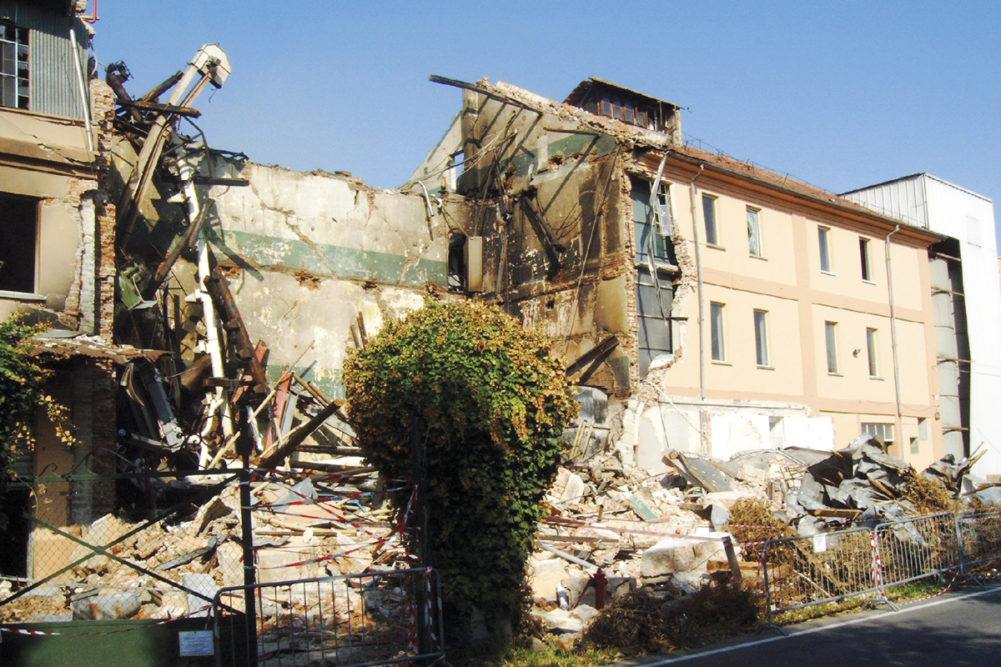WEST LAFAYETTE, INDIANA, US — A decrease in grain dust explosions at US grain handling, feed manufacturing and biofuel facilities in 2019 were reported, but one fatality and four injuries occurred, according to a report issued by Purdue University’s Department of Agriculture and Biological Engineering.
There were eight grain dust explosions reported in 2019, compared to 12 in 2018 and a 10-year average of 8.5 explosions, said Kingsley Ambrose, an associate professor of agricultural and biological engineering and the report’s lead author. Grain dust explosions occurred in six different states: three in Iowa and one each in Indiana, Illinois, Minnesota, Ohio and Georgia.
Ambrose studies particle technology, grain processing and particulate flow. One of the particles especially vulnerable to combustion is grain dust, found in grain handling facilities. Explosions at such facilities can be significant, potentially resulting in fatalities, injuries and/or millions of dollars in damages and lost revenue.
“When the grain is getting handled or processed, dust gets separated and suspended in the air and settles around the facility,” Ambrose said. “If there is an ignition generating spark, maybe due to the malfunction of a machine, friction or an electrical failure can ignite the dust. Although the primary explosion might be quite small, due to the amount of existing dust, the secondary explosions can be catastrophic.
“There are many substances you might not think are explosive that, under the right conditions, actually are.”
The number of grain dust explosions, injuries and deaths in the United States have gradually fallen over the last 40 years, according to the Occupational Safety and Health Administration. From 1976-85, the annual average was 21.7 explosions, 44.1 injuries and 14.3 deaths. Those numbers fell to 13.8, 10.5 and 1.8 from 1986-95, 10.6, 12.6 and 1.6 from 1996-2005 and 9.7, 9.4 and 0.8 from 2006-14.
The best way to avoid grain dust explosions, Ambrose said, is for grain facilities to follow rigorous housekeeping practices, regularly maintaining equipment and providing extensive employee training.






